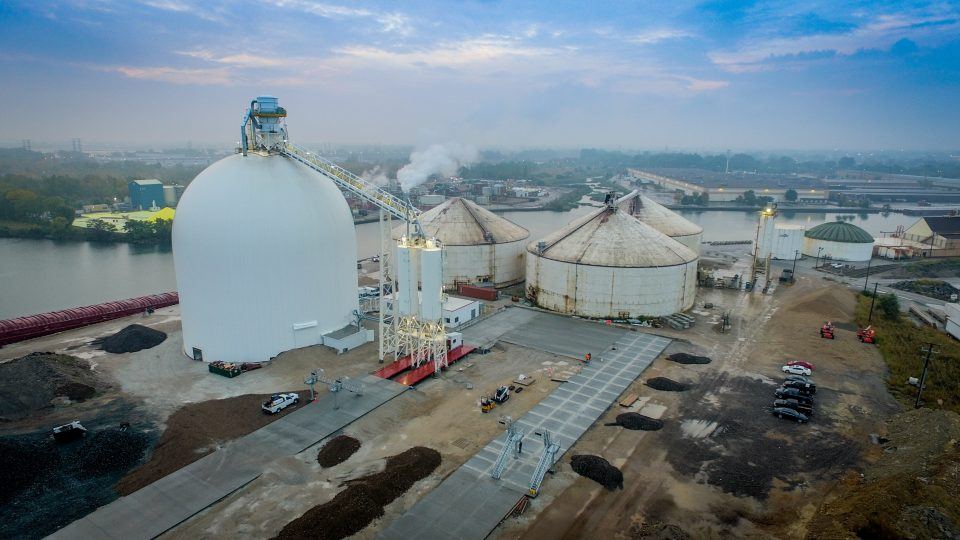When you’re a company executive, time is of the essence, and there’s never enough of it. That’s why more companies are opting to hire a turnkey builder for new storage projects. It’s a decision that keeps the team size manageable, allows the customer to call the shots, and yields cost savings.
As bulk-storage companies get leaner, they’re outsourcing more. According to Dome Technology sales manager Heath Harrison, many customers who once employed in-house engineers have shrunken those teams; often, those who remain are there to verify construction plans created by outside entities.
Working with an experienced design-build team streamlines the construction process. Plans are cleaner from the start, and the resulting structure is built seamlessly as all parts are planned with the others in mind.

An increased demand for turnkey building
One of the real drivers in turnkey construction is the rise in third-party investment companies, many times bankers and market analysts, who don’t necessarily know the bulk industries. Bringing together several different engineering groups and making sure they’re on the same page for a new project is tricky when the industry and product are “new” or not well understood, Harrison said. Plus, each additional player brought to the project brings an additional cost. When one makes a change to the plan, the others have to adjust theirs too. As the plan evolves, so does the price—on an upward trajectory.
The converse is that when a turnkey builder is chosen to provide an entire project, costs go down. When the plan changes, it isn’t taxing to spread the word because everyone who needs to know already does. But sometimes changes aren’t necessary at all; if a single team oversees every element, it’s easier to spot gaps. “When it’s confined under one umbrella, it’s much easier to define those missing links,” Harrison said.
Decision makers with expertise in their industry are eager to get projects rolling in a way that saves money. Price per unit is the bottom line, Harrison said—“cost is driving everything. The tighter they can get, the better.”
First steps in a turnkey project
The first part of building a turnkey facility will be a review of the basics. Dome Technology, for instance, asks customers these five questions:
- Capacity requirements: How much product needs to be stored and transported annually?
- Geographical and geological position: Define the site requirements and determine the site-specific geotechnical information.
- Expansion: Is this a project extending a facility’s original scope? Is future growth likely?
- Product consideration: Especially important for third-party groups new to their industry, a turnkey builder can provide counsel on designing the unique storage for each specific stored product.
- Operations: What are your plans for filling, reclaim, product management, and controlling inventories? If these aren’t known or defined, help is available.
Turnkey construction is about more than combining individual parts to create a cohesive whole. It’s really about building trust and empowering the customer.
“What you’re actually doing is becoming a partner because most of these end up becoming repeat customers. Ultimately it always comes back to price and efficiency, not just in the short term of the project, but also for the life of the facility. It saves time, and that saves money,” Harrison said.